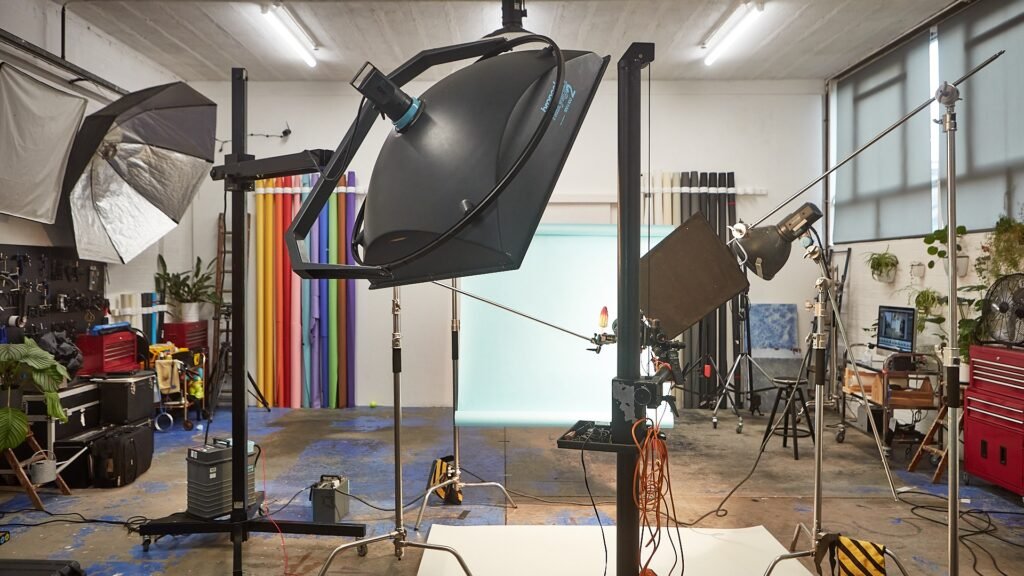When I started out in photography, I was more than flattered to be paid £250 for a days work. Compared to my low wage day job it seemed like a dream. However, after breaking a lens of about a similar value, renewing my insurance and making a few upgrades it became suddenly apparent that £250 a day would not cut the mustard.
So I doubled my day rate and I was shocked to see that the amount of work I was getting increased too. £500 a day was a markable increase in my income, so along came a studio, some big lights and a nice desk set up. However, it still wasn’t enough to make a good living from.
This time I upped my day rate to £1200. The work increased yet again and this seemed to be a sweet spot for my area. However the work we were producing was hard on the gear, we needed multiple fast machines and that £1200 a day quickly vanished. I did’t know what to do as no one else was charging this much in my area. So I spoke to a few trusted friends from further afield and decided to target very specific ad agencies in London and Manchester who would pay a license fee on top of the work that I was producing, which would allow me in turn to produce better work (there is a constant chicken and egg debacle in photography).

What Is a License Fee?
The simplest way to look at the license fee, which is often called usage fee is this. You get paid a set of expenses for your production, on top of this you get paid a day rate which is for your labour, then you charge the client a specific fee for them to use your image in certain scenarios. If we didn’t do this, then the general day rate would be huge. This way clients get to chose exactly what they pay for and not have to pay for the images to be used in a way that they simply don’t need. However, they still have the option to buy the image in perpetuity, which kind of gives them unlimited usage, at a larger cost.
Why Doesn’t Everyone Pay Usage?
Simply put, they don’t have the budget. So you might be thinking, surely the bigger brands are being ripped off?
Well, no. They receive a far higher level of production, skill, and time, they also receive a better standard of photographer because of this, which is really important to certain brands and campaigns. The images produced on a £20,000 shoot will be of a far higher standard than those produced on a £1200 shoot and produced by a photographer who knows that they can get the job done, on time, on budget, every single day. Consistency is key. I tend not to work with brands who can’t afford license fee as they see my portfolio of high production work and expect a similar service to that. but with a far lower budget, which of course I could never produce within their parameters .
When Should You Charge Usage
The above is all well and good, and we can talk about numbers until the cows come home. However, to be booked by an agency who are willing to pay the big fees you need a few things. First of which is a portfolio that shows a clear vision in your work. Secondly you need proof that you can produce work on a high standard for a high level client at a similar production cost, which in turn becomes a catch 22 (something we will look at in the future), and finally, you need to know the right people so that you can get your work in front of the right buyers and directors.
How To License and What To Charge?
I tend to use https://www.the-aop.org/information/usage-calculator as a rough guide for how much to charge. As with everything in photography, it is a negotiation. But this is a great starting point, although often deemed a little high in certain categories.


Thanks for the information and video Scott. In the couple days after watching this, I implemented licencing into my fee’s (increased overall fee and said I was licencing images) and the client was more than happy to spend more with me for the same work as I would have done previously.
Hi
You should license anything that can be copied – bar none! But nobody tells you that – just the nice pro people! And i have the intention to make Scott a compliment, thank you for sharing that valuable information!
I license my sales copy – per sold text piece and you (I mean you the reader) should do the same!
Then you start to see the bandwidth of your possible profit loss when you don’t license your stuff!
Happy licensing day! When there is a such day 😉
P.S. Do you like Bond movies? You are playing a “Mr. Blowfeld” Doppelgänger? 😉
As far as I’m concerned, my Base Usage Rate (B.U.R) is the amount that I would charge for the use of my images in either 2 media for 1 year or 1 media for 2 years, in 1 country or region.
So I would only use that calculator should the client want to use my images for more than that, to help me determine what the additional usage fee would be.